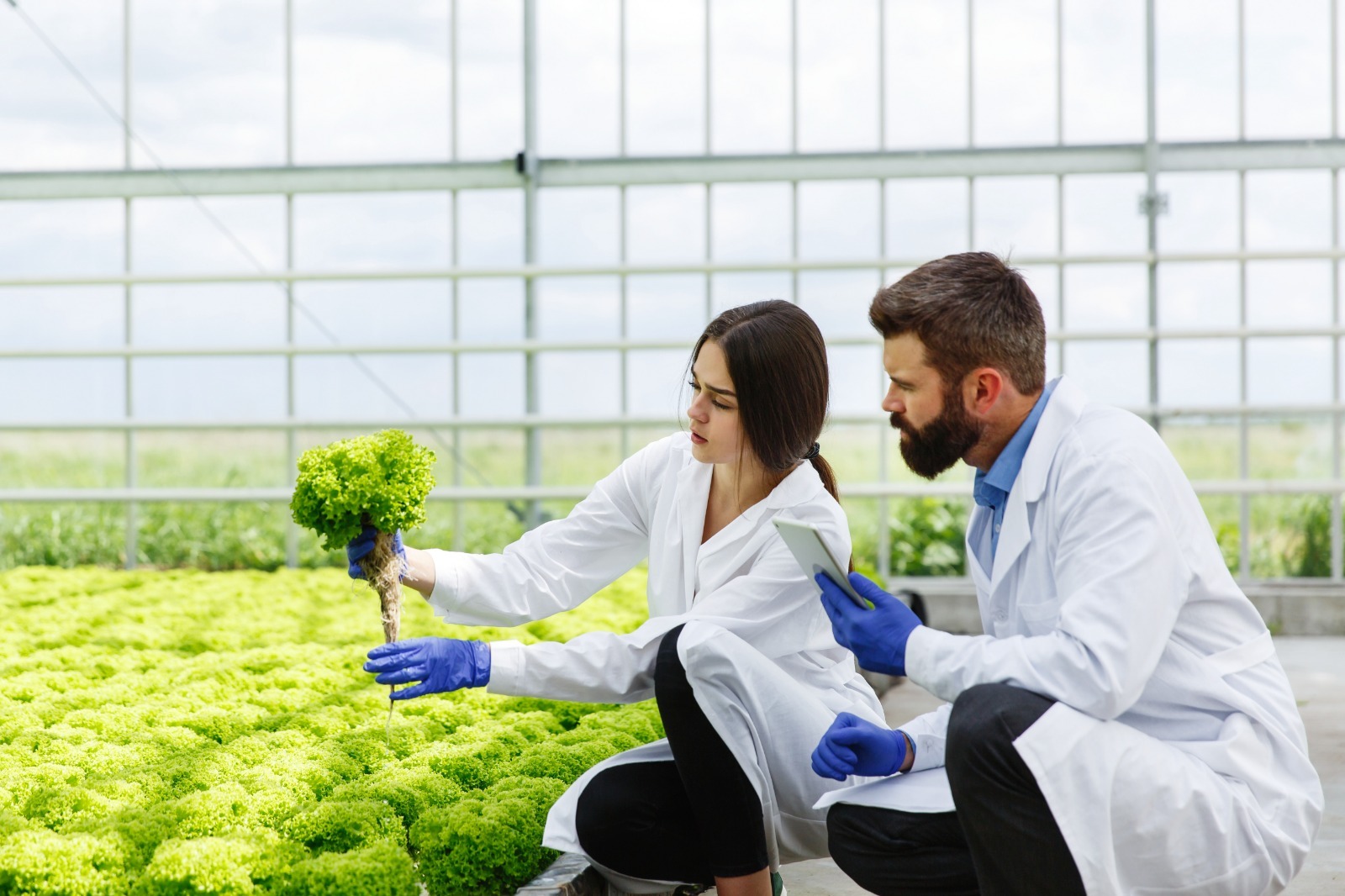 www.dreamstime.com
www.dreamstime.com Introduction: Aquaponics at Home Aquaponics is a fantastic sustainable gardening method that combines aquaculture (raising fish) and hydroponics (growing plants without soil). This allows for a closed-loop system where fish waste fertilizes plants, and plants filter the water for the fish. This guide will walk you through building a simple, small-scale aquaponic system perfect for beginners.
Materials and Tools You'll Need Before you start, gather the necessary materials and tools. This will ensure a smooth building process.
- Fish Tank: A plastic tub or aquarium (approx. 10-20 gallons is ideal to start).
- Grow Bed: A plastic container that fits on top of or beside the fish tank. It should be slightly smaller or the same size as the fish tank.
- Water Pump: A submersible pump with a low flow rate (around 50-100 gallons per hour).
- Tubing: Food-grade tubing to connect the pump to the grow bed and drain back to the fish tank.
- Bell Siphon Components (Optional but recommended): This includes a bell siphon (DIY or purchased), media guard, and stand pipe. These components automatically drain the grow bed. If you skip the bell siphon, you'll need a timer to control the pump.
- Grow Media: Clay pebbles (hydroton) or gravel.
- Fish: Goldfish, guppies, or tilapia are good options (research species appropriate for your climate and tank size).
- Plants: Leafy greens like lettuce, spinach, and herbs like basil are great choices for beginners.
- Tools: Drill, drill bits (various sizes), saw or box cutter (for cutting tubing), measuring tape, and safety glasses.
Step 1: Preparing the Fish Tank The fish tank is the heart of your aquaponics system. Make sure it's clean and ready to house your fish. Clean the fish tank thoroughly with water only. Avoid using soap or detergents, as these can be harmful to the fish. Place the tank in a location that receives indirect sunlight. Direct sunlight can cause algae blooms and temperature fluctuations. If using an aquarium, ensure it's level and stable.
Step 2: Setting up the Grow Bed The grow bed is where your plants will thrive. Proper drainage is essential. Drill drainage holes in the bottom of the grow bed. The size and number of holes will depend on your grow media. Too few and the water will not drain fast enough, too many and the bed will drain too fast. If using a bell siphon, install it in the grow bed according to the manufacturer's instructions or the DIY guide you're following. The standpipe should be slightly shorter than the depth of the grow bed. Place the media guard around the standpipe to prevent media from clogging the drain. If you are not using a bell siphon, you will need to drill a hole for a drain fitting near the bottom of the grow bed and attach appropriate tubing.
Step 3: Connecting the Plumbing This step involves connecting the pump to the grow bed and ensuring proper drainage back to the fish tank. Place the submersible pump in the fish tank. Attach tubing to the pump outlet. Run the tubing from the pump to the grow bed. Secure the tubing in place so it doesn't fall out. If using a bell siphon, position the outlet of the siphon's drain tube over the fish tank so water drains back in. If not using a bell siphon, run the drain tubing from the drain fitting in the growbed to the fish tank.
Step 4: Adding Grow Media and Cycling the System Now it's time to add the grow media and start the cycling process. Rinse the grow media thoroughly to remove any dust or debris. Fill the grow bed with the rinsed grow media. Fill the fish tank with dechlorinated water. Use a water conditioner designed for aquariums to remove chlorine and chloramine. Start the pump and let the system run. If you are using a bell siphon, ensure it cycles properly (fills and drains automatically). If not, you'll need to use a timer to control the pump, running it for 15 minutes every hour. Add ammonia to the tank to start the nitrogen cycle. You can use pure ammonia or fish food. Monitor the ammonia, nitrite, and nitrate levels with a water testing kit. The cycle is complete when ammonia and nitrite levels are consistently zero, and nitrates are present. This process can take several weeks.
Step 5: Introducing Fish and Plants Once the nitrogen cycle is established, you can introduce your fish and plants. Acclimate the fish to the tank water gradually by floating the bag they came in for about 30 minutes. Release the fish into the tank. Start with a small number of fish to avoid overloading the system. Gently plant your seedlings in the grow media. Make sure the roots are covered but the leaves are exposed.
Conclusion: Maintaining Your Aquaponics System Congratulations! You've built your own aquaponics system. Regular maintenance is crucial for success. Monitor water quality regularly (ammonia, nitrite, nitrate, pH). Top up water lost through evaporation. Clean the fish tank and grow bed periodically. Feed the fish a balanced diet. Harvest your plants as they mature. Adjust the system as needed to optimize plant growth and fish health.
Aquaponics System With Fish, Plants, And Vegetables Growing In A Greenhouse Setting Stock Image
 www.dreamstime.com
www.dreamstime.com What Is Aquaponics
 survivallife.com
survivallife.com Aquaponics
 www.britannica.com
www.britannica.com  aquaponics.com ```html
aquaponics.com ```html  www.thegrowhub.com
www.thegrowhub.com  ourcanadaproject.ca
ourcanadaproject.ca  www.kingofkingslutheranchurchnnj.org
www.kingofkingslutheranchurchnnj.org  arapahoelibraries.org
arapahoelibraries.org  mywifequitherjob.com
mywifequitherjob.com  ohiostate.pressbooks.pub
ohiostate.pressbooks.pub  readthedirt.org
readthedirt.org  flickr.com
flickr.com  agromoris.com ```html
agromoris.com ```html  fity.club
fity.club  blog.jungseed.com
blog.jungseed.com  mohitmangal.com ```html
mohitmangal.com ```html  fity.club
fity.club  smallbackyardlandscapeideas.blogspot.com
smallbackyardlandscapeideas.blogspot.com